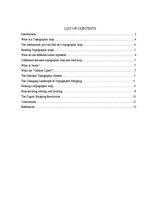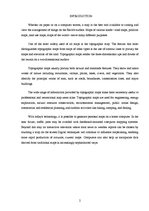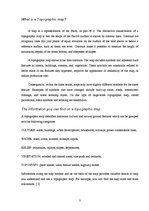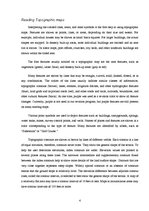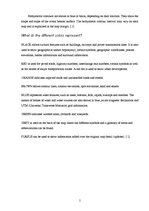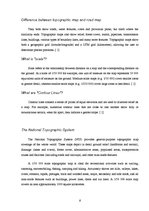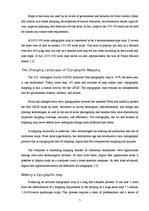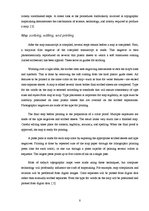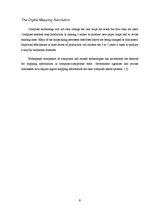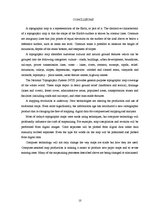-
Topographic Map
| Nr. | Sadaļas nosaukums | Lpp. |
| Introduction | 3 | |
| What is a Topographic map | 4 | |
| The information you can find on a topographic map | 4 | |
| Reading Topographic maps | 5 | |
| What do the different colors represent | 6 | |
| Difference between topographic map and road map | 7 | |
| What is "scale" | 7 | |
| What are "Contour Lines"? | 7 | |
| The National Topographic System | 7 | |
| The Changing Landscape of Topographic Mapping | 8 | |
| Making a topographic map | 8 | |
| Map scribing, editing, and printing | 9 | |
| The Digital Mapping Revolution | 10 | |
| Conclusions | 11 | |
| References | 12 |
Whether on paper or on a computer screen, a map is the best tool available to catalog and view the arrangement of things on the Earth's surface. Maps of various kinds—road maps, political maps, land use maps, maps of the world—serve many different purposes.
One of the most widely used of all maps is the topographic map. The feature that most distinguishes topographic maps from maps of other types is the use of contour lines to portray the shape and elevation of the land. Topographic maps render the three-dimensional ups and downs of the terrain on a two-dimensional surface.
Topographic maps usually portray both natural and manmade features. They show and name works of nature including mountains, valleys, plains, lakes, rivers, and vegetation. They also identify the principal works of man, such as roads, boundaries, transmission lines, and major buildings.…
kas tas ir topogrāfiskā karte, kā to pareizi nolasīt, ka tur ir kas, kādi veidi, kā to izveidot u cita info

